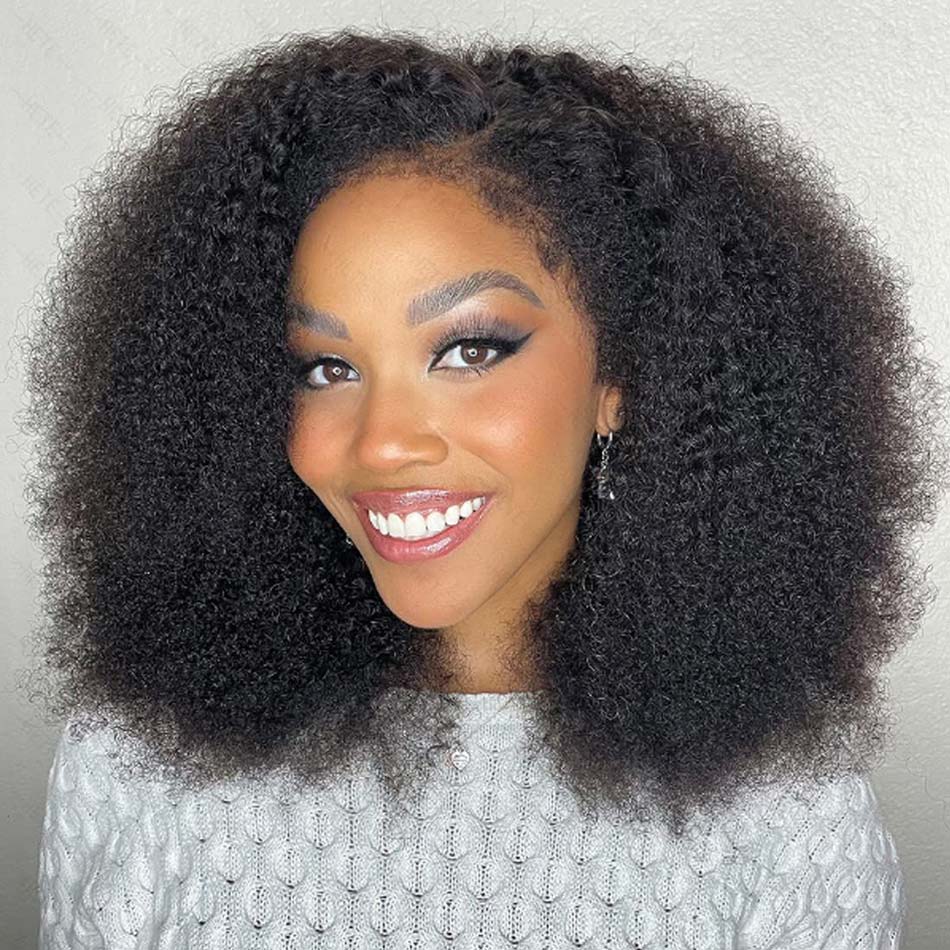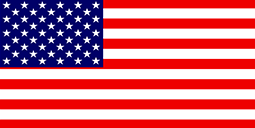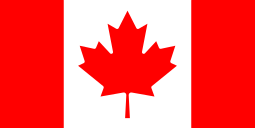A Complete Guide About Low Porosity Hair
Hair porosity refers to the hair's ability to absorb and retain moisture. It is determined by the condition of the hair's cuticle, which is the outermost layer of the hair shaft. Hair can have low, medium, or high porosity. Typically, the lower the hair porosity is, the weak the ability to absorb and retain moisture.
Here in this post, we're going to share with you what exactly low-porosity hair is and how to take care of low porosity hair.
What is low-porosity hair?
Low-porosity hair is a hair type that has a tightly bound cuticle layer, which makes it difficult for moisture and products to penetrate and be absorbed into the hair shaft. This results in hair that is often resistant to hair treatments, takes longer to dry, and can feel weighed down and coated with the product. Low porosity hair tends to repel moisture, which can lead to dryness, breakage, and split ends. It is usually shiny, and smooth, but can be difficult to style.
It is important to give your low-porosity hair more TLC to help it absorb moisture and nutrients effectively.
How to know if your hair is low porosity hair?
Here are some signs that you may have low porosity hair:
- Wet your hair, the water beads up and sits on your hair instead of being absorbed.
- Your hair takes a long time to get wet when you shower.
- Hair products seem to sit on your hair instead of being absorbed.
- Your hair takes a long time to dry, even with heat styling tools.
- Your hair usually feels dry and dull.
- Your hair is difficult to style and doesn't hold a curl or wave well.
- Your hair appears to be resistant to hair dyes and other chemical treatments.
- Your hair feels heavy and oily when using heavy products, but still dry and brittle when using lighter products.
If you experience these symptoms, then there is a chance that you have low-porosity hair. It is recommended to consult a hair professional for further assessment and recommendation of products suitable for your hair.
8 Tips to care for low-porosity hair
Tip 1: Use warm water to wash your hair
Hot water can cause your low-porosity hair to become dry and brittle. Cold water doesn't as effective as warm water to remove dirt and buildup. Therefore, it's a smart idea to use lukewarm water instead while washing your hair.
Tip 2: Deep condition regularly
Since low-porosity hair tends to be resistant to moisture, it's crucial to deep condition it frequently. A deep condition can help to retain moisture in the hair strands and improve the texture of low-porosity hair, making it smoother and softer. Furthermore, low-porosity hair can be prone to tangles and knots. Deep conditioning can help to detangle the hair strands and make them easier to manage. It's recommended to give your low-porosity hair a deep condition every week. By the way, leave-in conditioners are also a good option. They can help open the hair cuticles and allow for better product absorption.
By the way, it's also a smart choice to use heat or steam when deep conditioning low-porosity hair. Steam can not only help open the cuticles and hydrate hair but also helps to absorb moisture. Heat and steam are typically collocation while conditioning and styling low-porosity hair. Apply hair conditioner to your hair and then warp it with a warm towel or wear a hair cap to help open cuticles to adsorb moisture.
Tip 3: Avoid heavy products
Heavy products such as thick creams, butter, and oils can further weigh down the hair and create buildup on the surface, making it even more challenging for moisture to enter the hair shaft. Furthermore, using heavy products on low-porosity hair can also lead to greasiness and lifeless hair. Instead, lighter products such as leave-in conditioners are recommended for low-porosity hair to promote moisture retention without weighing the hair down.
Tip 4: Use a clarifying shampoo
Low porosity hair tends to have tightly closed cuticles that resist water and moisture absorption, making it more prone to product buildup. Clarifying shampoo helps to remove any buildup and opens up the cuticles, allowing for better moisture absorption and improved hair health. It is recommended to use clarifying shampoo once a month for low-porosity hair to keep it healthy and well-nourished.
Tip 5: Avoid heat styling
Heat styling tools such as flat irons and curling wands can damage your low-porosity hair by causing breakage and dryness, leading to further moisture loss. Besides, low-porosity hair takes longer to absorb heat, which can also exacerbate the damage to your hair. It's suggested to avoid heat styling your low-porosity hair. If you must apply heat to your hair, set the heat styling tool at the lowest temperature and spray a heat protector on your hair in advance.
Tip 6: Use the LCO (liquid, cream, oil) method
The LCO method involves using a liquid leave-in conditioner, a cream-based product, and an oil-based product to seal in moisture. These products are more lightweight and seldom lead to buildup, making them more suitable for low-porosity hair care routines.
Tip 7: Avoid using products that contain alcohol or silicone
Silicone-based products can also cause buildup on the hair, making it appear dull and lifeless. Alcohol can be very drying to the hair, especially for low-porosity hair, which already has a hard time retaining moisture. This can lead to breakage, split ends, and frizz.
As a result, products that contain heavy silicones and alcohol are not recommended for low-porosity hair. Instead, lighter products such as leave-in conditioners, water-based moisturizers, and natural oils are more suitable for low-porosity hair, as they can penetrate the hair shaft and provide the necessary moisture without causing buildup or drying out the hair.
Tip 8: Protect your hair at night
It's recommended to use a leave-in conditioner or light hair oil to keep your hair moisturized and hydrated before bed. Then, braid your hair into a loose ponytail or braids to prevent it from rubbing against your pillow and becoming tangled. Finally, Wrap your hair with a satin or silk scarf to prevent friction and breakage while you sleep.

Low-porosity hair is challenging to absorb moisture and is more prone to breakage. However, with TLC and proper care, low-porosity hair can also be manageable and improved. By following these tips and tricks, low-porosity hair can be stronger, healthier, and softer.
Related Posts:
8 Protective & Low-maintenance Styles For 4C Hair
4C Hair guide: How to identify 4C hair & How to care for it?

 USD
USD EUR
EUR GBP
GBP CAD
CAD AUD
AUD










